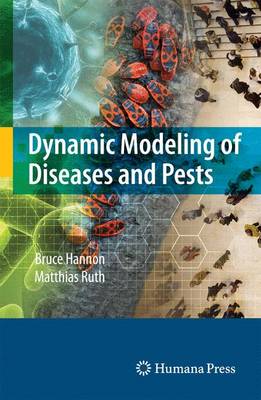This book, as others in the MDS series, is geared towards making the modeling of disease attractive to students and those with emerging interests in the subject.
Models help us understand the nonlinear dynamics of real-world processes by using the computer to mimic the actual forces that result in a system’s behavior. The growing complexity of human social systems, from individual behavior to that of entire populations makes us increasingly vulnerable to diseases and pests. The ecology of the disease agents and the pests when considered in this social context only adds to the complexity. The feedbacks, lags in the effects of our preventive actions and the randomness in the environment make understanding of these vulnerabilities seem insurmountable. The amount and pace of modern travel provides virus and pest alike with the means to quickly find new hosts in untouched human populations and the ecosystems.
We thus have compelling reasons to understand the dynamics of these combined systems. This book begins with simple examples of human epidemics and then insect dynamics. Next comes the models of ever more complex models of disease carried by interaction of the two. An invasive species model is followed by insect-ecosystem interactions. The general models of chaos and catastrophe are linked to models of disease and pest. The final model is a spatial dynamic spread of disease among a wild animal population.
By using the STELLA programs (runtime versions and digital forms of all models are available with the book) we show how with a minimum of mathematical preparation and programming experience, these complex processes can be simulated and their emergent properties discovered. The programs run on both Macintosh and PC based machines.
- ISBN13 9781489995032
- Publish Date 6 December 2014 (first published 20 October 2008)
- Publish Status Active
- Publish Country US
- Imprint Springer-Verlag New York Inc.
- Edition 2009 ed.
- Format Paperback
- Pages 290
- Language English
